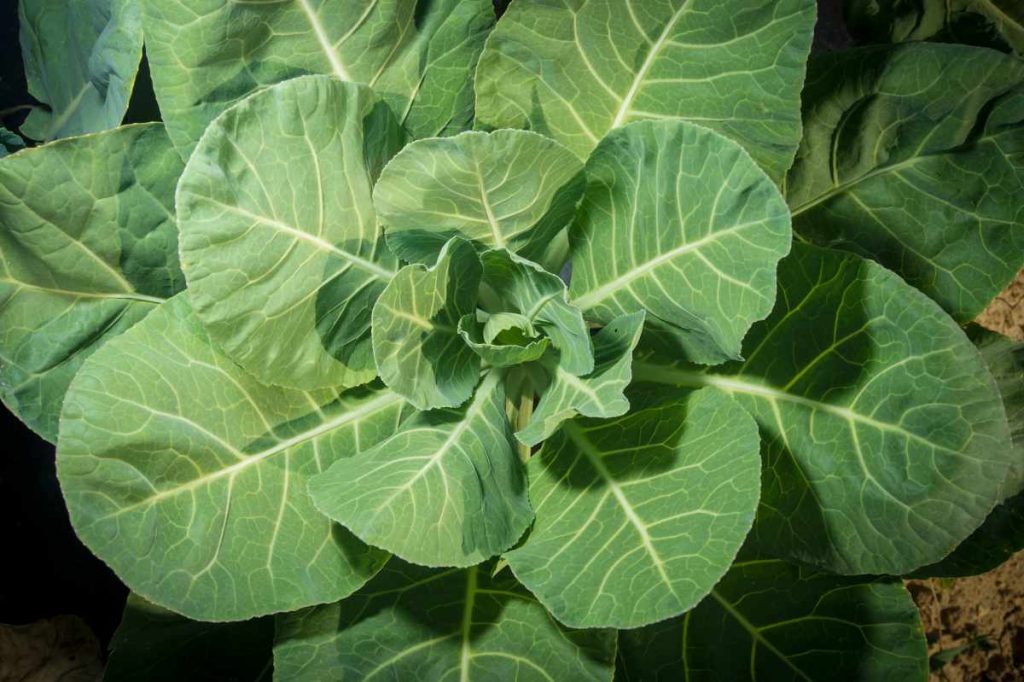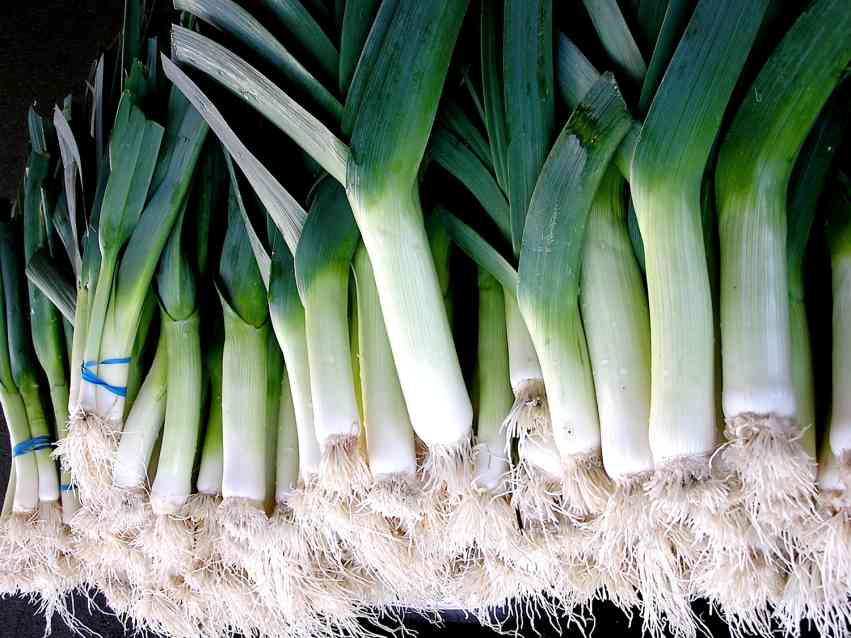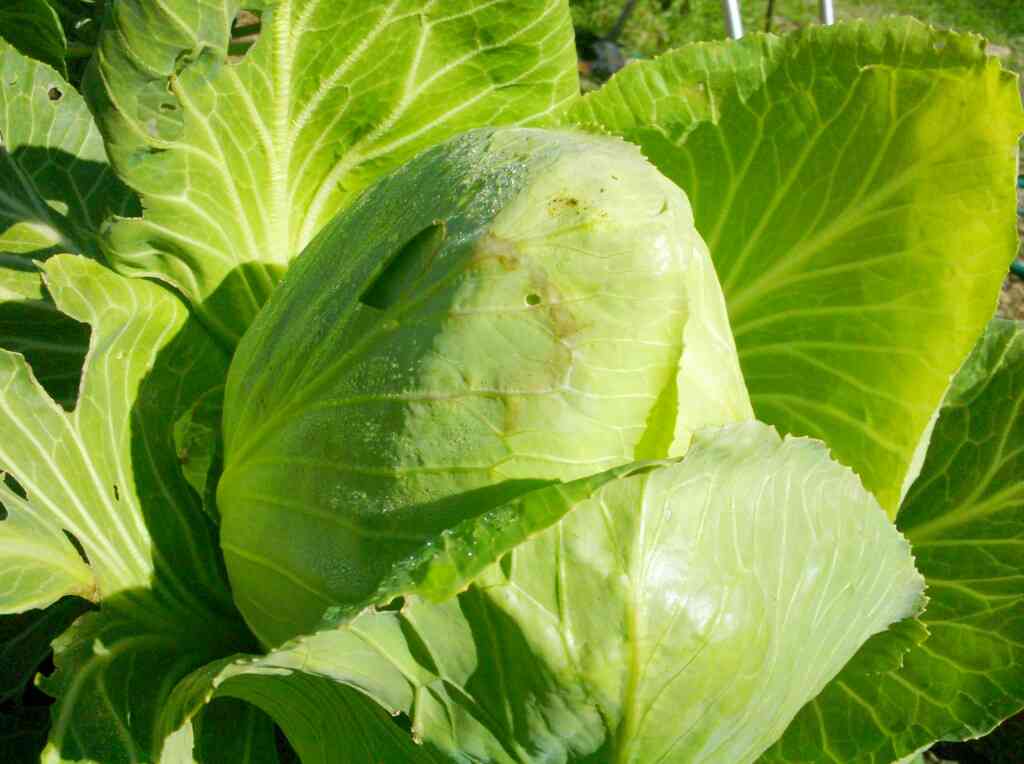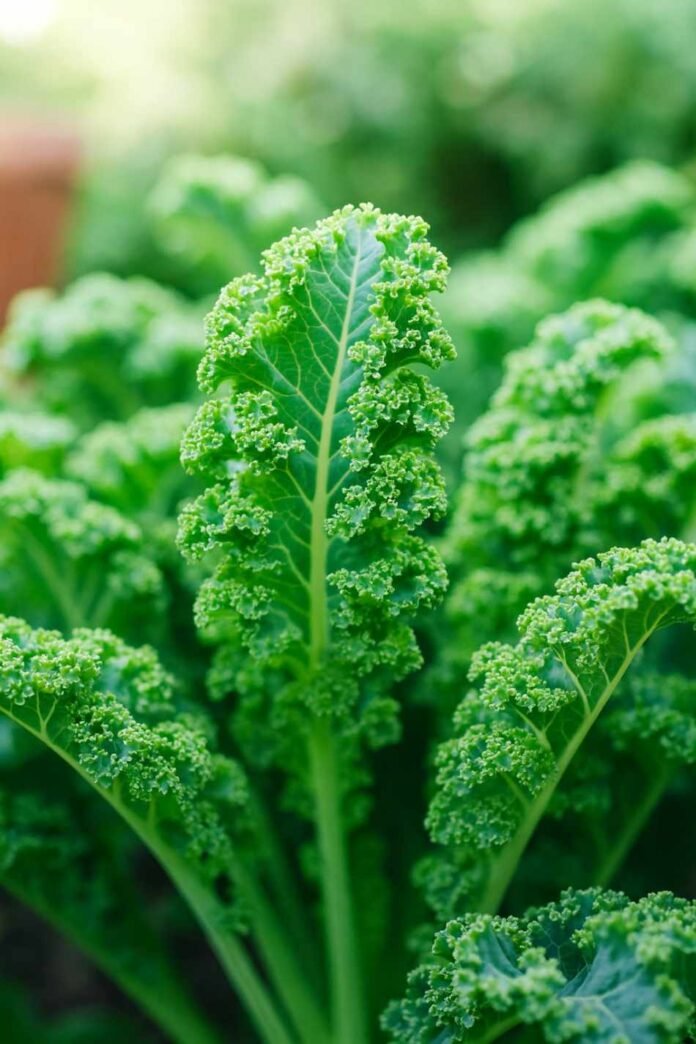If you’re trying to extend your gardening season, then you shouldn’t rely only on spring planting.
Though most plants show a sign of slow growth and dormancy in cold, there are few exceptional varieties that are cold-hardy and continue to give the yield.
All you need to do is to choose appropriate variety depending on climatic conditions in your region.
These winter-ready vegetables stand strong through freezing nights, frosty mornings, and short days, yet they stay flavorful, nutritious, and surprisingly productive.
But that doesn’t mean you should protect them from frost.
Apply generous mulching with organic materials like straw or leaves to insulate the soil and retain warmth, and use row covers or frost cloth during extreme cold snaps to provide additional protection while ensuring plants receive adequate sunlight during the day.
14 Frost Tolerant Vegetables for Extended Harvest
These remarkable plants have adapted to withstand temperatures that would devastate warm-season crops, and many develop enhanced sweetness and improved texture when exposed to freezing conditions.
By strategically selecting and planting frost-tolerant varieties, you can extend your harvest season by several months and enjoy fresh vegetables picked straight from your garden even in the depths of winter.
1. Spinach

Spinach stays sweet and tender even in temperatures as low as 15°F, simply slowing its growth instead of dying back. With mulch or a low tunnel, it often overwinters easily while keeping its mild flavor and nutrients.
Planted a few weeks before frost or sown in late fall, it sprouts in early spring and takes off quickly, giving you one of the earliest, effortless harvests.
2. Kale

Kale becomes sweeter after frost, with hardy varieties like Lacinato, Vates, and Blue Curled Scotch thriving well below freezing. Mature plants handle cold best and keep their flavor even under snow.
Since kale produces continuously, you can harvest leaves through fall, winter, and early spring. A simple row cover boosts protection and ensures a steady supply of nutrient-rich greens.
Also Read: 27 Vegetables to Grow Indoors in the Winter
3. Parsnips

Parsnips turn sweet and nutty after frost as their starches convert to sugars. With thick mulch, they overwinter right in the soil, staying fresh and firm through freezing nights.
Planted in spring and left to mature slowly, they become a dependable winter crop. Many gardeners harvest them anytime through winter or early spring, since cool soil keeps the roots perfectly stored.
4. Collards

Collards thrive in deep cold, with broad leaves that survive below 28°F without losing tenderness. Frost makes them even tastier, and cold-hardy varieties like ‘Champion’ excel in winter gardens.
Because they grow leaf by leaf, collards offer steady harvests all season. With a row cover during harsh cold, they stay productive deep into winter, providing hearty, nutritious greens.
5. Radish

Winter radishes like Black Spanish and daikon develop crisp, firm roots as temperatures drop, staying edible even if their tops die back. Their strong cold tolerance makes them perfect for late-season growing.
Sown in late summer or early fall, they mature in cool weather and store well right in the soil. You can pull fresh roots long into winter, long after other vegetables fade.
Must Read: How to Grow Potatoes in Winter?
6. Turnips

Turnips handle cold weather extremely well, giving you both tender greens and sweet, mild roots that actually improve after a light frost. Hardy varieties like Purple Top thrive in chilly conditions, especially with a layer of mulch for extra protection, making them a reliable fall and early-winter crop.
Harvested before deep freezes, turnips store for months in a cool space. Their nutritious greens provide an extra bonus harvest, while the roots stay sweet and versatile for roasting, mashing, soups, or hearty winter stews.
7. Leeks

Leeks are among the most cold-tolerant onions, with hardy varieties like Bandit and Tadorna staying thick, mild, and flavorful through repeated frosts. Their slow winter growth makes them a reliable staple for cold-season cooking.
Because they gain hardiness as they mature, starting them early ensures strong plants by winter. Many gardeners simply leave leeks in the ground, harvesting as needed, since they stay fresh for months and add gentle onion warmth to winter dishes.
8. Beets

Beets handle cold extremely well, with some varieties surviving near 12°F. Their earthy sweetness intensifies after frost, making winter harvests especially flavorful.
Both roots and leafy tops stay usable through fall and early winter, giving you two harvests from one plant. Sown in late summer and mulched for protection, they stay firm and easy to dig long after other crops fade.
9. Asian Greens

Asian greens like tatsoi, pak choy, and Chinese cabbage are surprisingly hardy, thriving in chilly weather when many vegetables slow down. Tatsoi’s low, ground-hugging rosette naturally shields it from frost, allowing it to handle temperatures down to about 15°F. These greens stay tender and mild through winter, offering fresh crunch and flavor when the garden is otherwise quiet.
Sown in late summer or early fall, they grow quickly as temperatures cool and keep producing while other crops fade. A simple row cover helps them ride out colder spells, giving you a steady supply of nutrient-rich greens for soups, stir-fries, salads, and sautés all winter long.
10. Carrots

Carrots turn exceptionally sweet in cold weather, as frost converts their natural starches into sugars. Winter-friendly varieties like Napoli, Bolero, and Oxheart stay crisp and full of flavor even as temperatures dip well below freezing. With a thick layer of mulch, they can remain safely in the ground long after other crops have faded.
Once established, carrots store beautifully right in the soil, giving you easy access to fresh, sweet roots all season long. Planted in spring for winter harvests or sown in early fall, they deliver outstanding flavor and long-lasting quality throughout the cold months.
11. Cabbage

Cabbage handles winter impressively well, especially cold-hardy varieties like January King, which can withstand deep freezes with ease. Frost actually enhances cabbage’s natural sweetness, tightening the heads and improving overall flavor. Even common varieties stay firm and productive late into the season with just light protection.
Planted in mid to late summer, cabbage has plenty of time to develop solid heads before winter sets in. Mature plants show the strongest frost resistance, letting you harvest crisp, dense heads well into winter—perfect for using fresh, cooking, or fermenting.
12. Mache

Mache, or corn salad, may look delicate, but it’s one of the toughest winter greens you can grow. Its small, velvety leaves stay sweet and nutty even after hard freezes, bringing gentle flavor and tender texture to winter salads. It thrives in cool weather and short days, continuing to grow when other greens nearly stop.
Because the plants stay compact, sowing generously helps maintain steady harvests. Planted in late summer or early fall and protected with a cold frame or row cover, mache produces reliably throughout the coldest months.
Also Read: 30 Best Vegetables to Grow in Buckets
13. Claytonia

Claytonia, or miner’s lettuce, is one of the hardiest winter greens, staying tender and mild even through freezing weather. It naturally thrives in cool, shaded conditions, making winter its peak season for both growth and flavor. Its succulent leaves add a refreshing burst of greenery when most vegetables have vanished.
Once established, claytonia often self-seeds and returns each year with almost no effort. Planted in late summer or early fall, it grows steadily through winter, offering a mild, slightly tangy crunch that brightens any salad.
14. Lettuce

Cold-tolerant lettuces like Winter Density and North Pole hold up impressively well through repeated frosts, staying crisp, sweet, and tender even as daylight dwindles. Growth does slow in deep winter, but frost often boosts their flavor, and a simple row cover or cold frame keeps them producing long after most greens have disappeared.
Sown in late summer or early fall, these hardy varieties form loose leaves or compact heads that can be harvested gradually all season. Whether you pick outer leaves or wait for full heads, winter lettuce delivers fresh salads when you need them most.
Conclusion
Cold weather doesn’t have to end your growing season—many vegetables actually get sweeter and more flavorful when touched by frost. With simple protection like mulch or row covers, you can keep enjoying fresh, nutrient-rich harvests long after summer crops fade.
Plant early enough for your vegetables to establish before the cold sets in, and they’ll carry your garden through fall, winter, and even early spring. Instead of marking the end, frost becomes the start of a surprisingly productive season.

Khaja Moinuddin, a computer science graduate, finds joy in gardening and homesteading. Join him on this blog as he shares his experiences in homesteading, gardening, and composting


